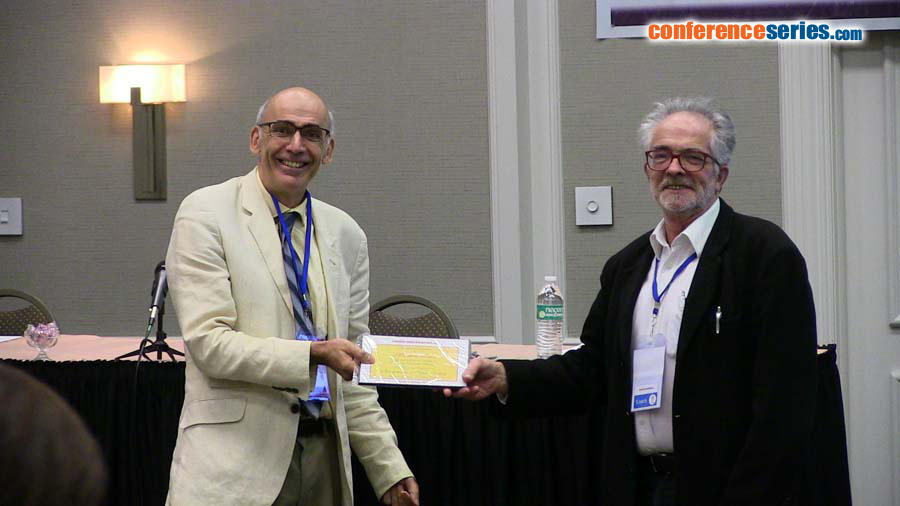
Matthias Reuss
University of Stuttgart, Germany
Title: Application of multi scale modeling of vascular tumor growth
Biography
Biography: Matthias Reuss
Abstract
Vascular tumor growth can be studied with different modeling methodologies according to the scientific questions that should be answered. The mathematical models range from systems of ordinary differential equations to partial differential equations and agent based approaches, while ordinary and partial differential equation models deal with spatially averaged quantities like tumor size and volume fractions, agent based models can discretely resolve cell populations. The multi scale modeling methodology presented in the lecture is based on a hybrid approach; a combination of continuous and discrete variables. Stochastic and deterministic processes on various temporal and spatial scales are included and coupled. Intracellular models describe the progression through the cell cycle, metabolic and signaling pathways, these processes are usually influenced by extracellular factors like nutrients, growth factors, drugs, mechanical stress etc. Cells are also able to move in the simulation domain by a biased random walk up to growth-factor gradients. Vascular sprouts can anastomosi to other sprouts or the already existing vascular network and build new perfused vessels. Within the vascular network, pressures and flows are calculated and the radii of the vessel segments evolve due to growth rules. Several applications of this model will be discussed. The examples cover translation of simulated tumor growth from xenograft models to real tumor structures such as human liver and colon tumors. The model can be also extended to simulate to the coupling of intravascular and interstitial flow caused by the high vessel permeability. The final goal of these simulations is predictions of tumor specific properties to be compared with data from perfusion imaging technology.




